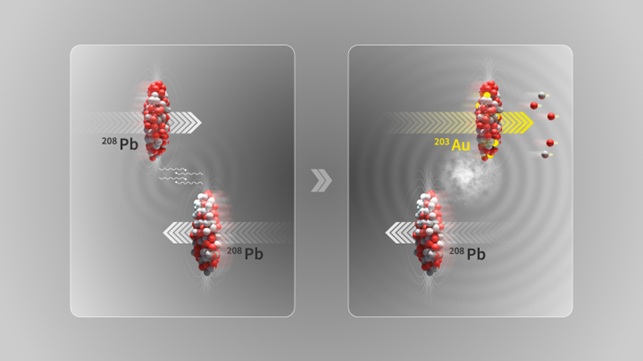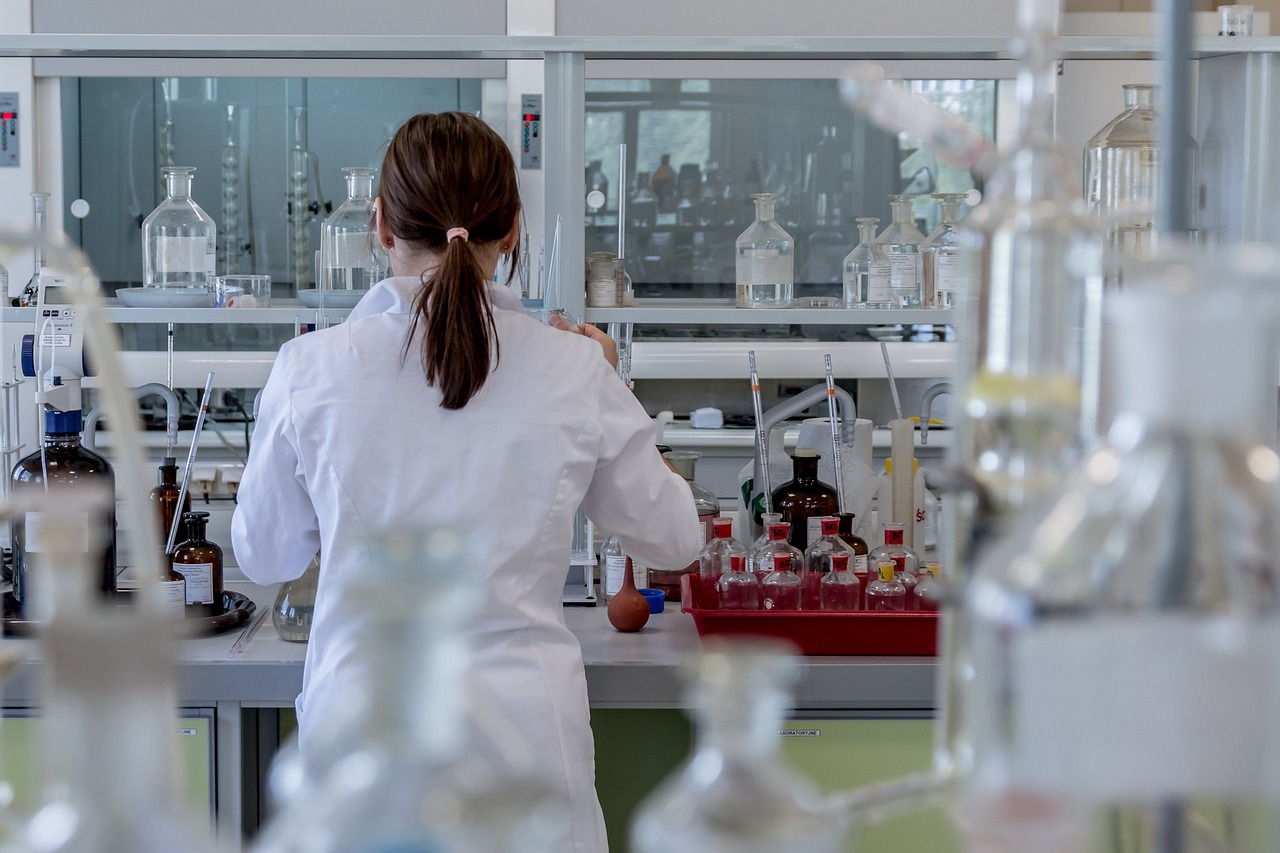From Lead to Gold? CERN Researchers Edge Closer to a Centuries-Old Dream
Researchers from the Wigner Research Centre for Physics in Hungary are also contributing to the ALICE (A Large Ion Collider Experiment) collaboration at CERN, which investigates high-energy heavy-ion collisions. In a recent study, the team reported evidence of lead transforming into gold in ultraperipheral collisions. The findings, achieved within the ALICE collaboration, have been published in Physical Review C.
One of the greatest ambitions of medieval alchemists was to turn lead into gold. This process—known as chrysopoeia—has been studied since ancient times, driven by the belief that the density of lead is similar to that of gold, and that it might therefore be possible to transform one into the other. Today, however, we know that lead and gold are distinct chemical elements, making such a transformation impossible through chemical means. The composition of atomic nuclei can only be altered through nuclear reactions occurring at much higher energy levels.
While it is theoretically possible to transmute nearly any atomic nucleus into a different element under laboratory conditions—typically through neutron or proton bombardment—such processes require vast amounts of energy. As a result, elemental transmutation is far too costly to carry out on an industrial (chemical) scale. Nonetheless, the idea of artificial transmutation using particle accelerators resurfaces from time to time, and is generally welcomed with interest by the nuclear physics community.
How does it work—and how much gold is produced?
In high-energy, head-on lead–lead collisions at the LHC, researchers create a tiny droplet of quark–gluon plasma—a hot, dense state of matter that filled the entire universe for a few microseconds after the Big Bang, before giving rise to the material forms we observe today. However, in nucleus–nucleus collisions at the LHC, it is far more common for lead nuclei to merely graze one another. In such cases, extremely intense electromagnetic fields arise between the nuclei, enabling high-energy photon–photon and photon–nucleus interactions. These processes open up new opportunities for experimental investigation.
ALICE used so-called zero-degree calorimeters (ZDCs) to determine how many photon–nucleus interactions resulted in the emission of zero, one, two, or three protons, each accompanied by at least one neutron. These nuclear reactions respectively lead to the production of lead, thallium, mercury, and gold. Although thallium and mercury are more common, the results indicate that lead–lead collisions measured with the ALICE detector at the LHC currently produce around 89,000 gold nuclei per second. These gold nuclei exit the collision with extremely high energy and eventually strike various points along the LHC beam pipe or the beam-shaping collimators, where they promptly decay into protons, neutrons, and other particles. As a result, the microscopic quantity of gold produced exists only for a fraction of a second.

Illustration of an ultraperipheral collision between lead nuclei (²⁰⁸Pb) at the LHC. As a result of the electromagnetic interaction, two neutrons and three protons are emitted from one of the nuclei, leaving behind a gold nucleus (²⁰³Au).
According to the ALICE analysis, around 86 billion gold nuclei were produced in the four main experiments during Run 2 of the LHC (2015–2018). In terms of mass, this equates to just 29 picograms (2.9 × 10⁻¹¹ grams). Thanks to continuous upgrades, the number of collisions at the Large Hadron Collider has been steadily increasing. During the ongoing Run 3 data collection, nearly twice as much gold has already been produced—yet this remains trillions of times less than what would be needed to create even a single piece of gold jewellery.

